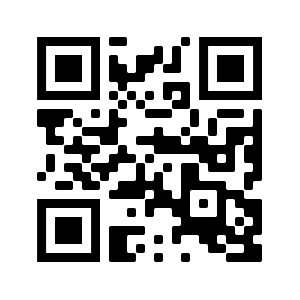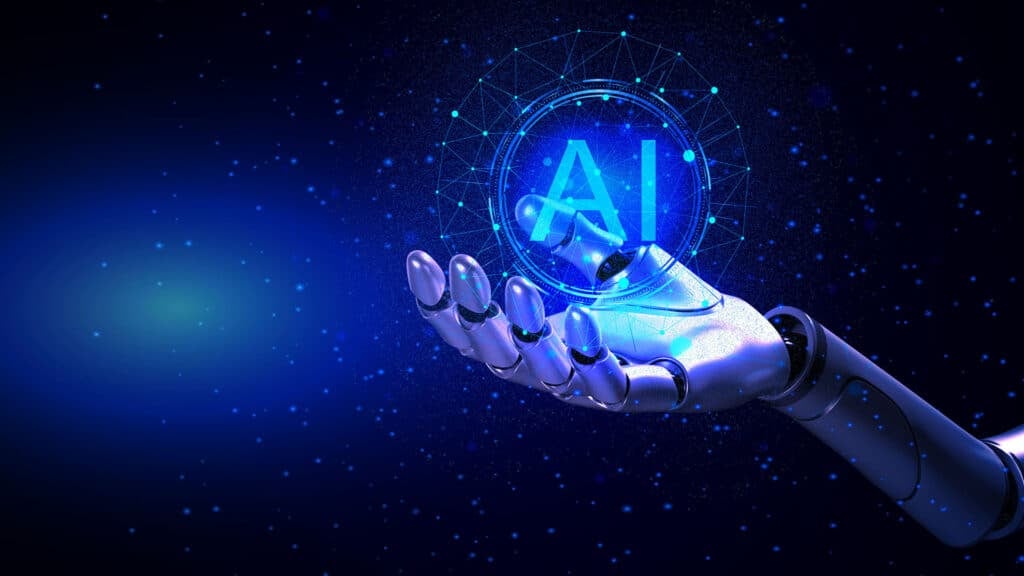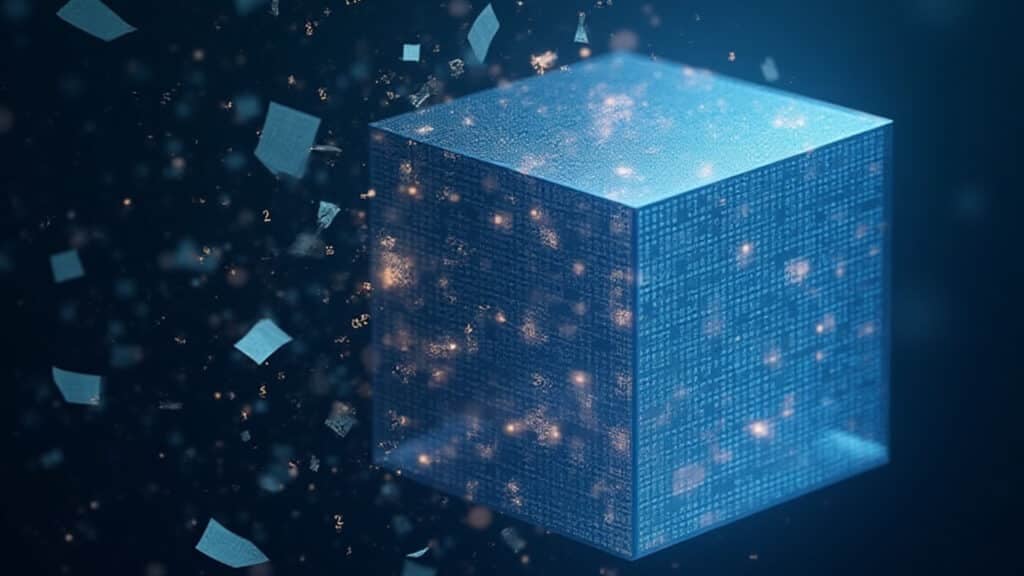Although quick response (QR) codes existed long before the COVID-19 pandemic, implementing low- and no-contact interactions in restaurants, retail locations, and other in-person settings helped put QR codes back in the spotlight. While enabling customers to scan restaurant menus instead of using physical menus is an example of a functional or operational use case, QR codes can be leveraged to enhance the overall CX of a brand, service, or other organization.
QR codes are a type of matrix barcode that was invented in 1994 by automotive supplier Denso Wave, which can contain data for a locator or a tracker that points to a website or application. The QR image can be read by a digital image sensor. A key catalyst in the adoption and use of QR codes across a variety of industries and use cases was Apple’s 2017 decision to enable cameras in its iPhones to recognize QR codes. Additionally, makers of other smartphones have also enabled their cameras to recognize QR codes, either automatically or via a specific QR reader application.

Due to their increasing ubiquity in advertisements, at the point-of-sale, and even on billboards, QR codes can be leveraged to improve CX, namely because they can be used to monitor and measure all activities, from the initial scan to any related activities along the customer journey. In order to leverage the power of QR codes, it is important to make sure the codes used include the tracking information that is important to the company collecting the data. Further, using dynamic QR codes, which allow the company to edit the content and links on the CQ display page after the QR code has been printed, can provide more flexibility and reusability.
A few of the key use cases for improving CX using QR codes include:
- Collecting ratings and feedback at various points of the product or service lifecycle: Adding a QR code to a product label or service receipt can make it easy to capture feedback anywhere along the product or service lifecycle. QR codes can be printed and labeled for specific tasks, including collecting feedback on the purchase process, the product experience, customer or technical service, or to provide ratings or feedback to the company or a third-party site. By providing individual codes linked to a specific function, responses can be immediately directed to the correct team, thereby speeding response time and demonstrating that the company is interested in capturing and responding to feedback.
- Providing more detailed user information or instructions: Physical products often require detailed instructions in order for the customer to safely use the product, or fully reap its benefits. But due to packaging-reduction efforts, written instructions are often no longer included, making it challenging for users to get the information they need. Using a QR code can quickly provide them access to a printable or mobile-optimized set of instructions, a hosted video, or other resources designed to get them up and running without needing to call customer service, thereby improving their experience, while deflecting basic inquiries to the call center.
- Offering deals and discounts for preferred customers, or highly engaged customers: The QR codes on product labels or service receipts can also be used to offer relevant upsells. The QR code can link to printable or e-coupons for additional purchases of items that enhance the use of the product or service, or for adjacent products or accessories that the customer was not initially certain they wanted. Providing a discount demonstrates that the company appreciates their initial purchase by providing a reward.
- Allow companies to capture feedback and generate interactions at various points in the customer journey: QR codes can be specifically set up to stimulate various actions, including providing feedback directly to the team or teams that should see it and are best able to respond.
Across all of these use cases, QR codes serve as an effective tracking and analytics engine, allowing the company to know how many customers scanned the code, where they scanned it, and through which device the customers scanned it, made possible through urchin tracking module (UTM) URLs sitting behind these QR codes. As a result, the company can analyze the effectiveness of marketing campaigns and design communication strategies to boost the adoption of QR codes, which can be optimally placed to support marketing, sales, CX, and other functions.
Author Information
Keith Kirkpatrick is Research Director, Enterprise Software & Digital Workflows for The Futurum Group. Keith has over 25 years of experience in research, marketing, and consulting-based fields.
He has authored in-depth reports and market forecast studies covering artificial intelligence, biometrics, data analytics, robotics, high performance computing, and quantum computing, with a specific focus on the use of these technologies within large enterprise organizations and SMBs. He has also established strong working relationships with the international technology vendor community and is a frequent speaker at industry conferences and events.
In his career as a financial and technology journalist he has written for national and trade publications, including BusinessWeek, CNBC.com, Investment Dealers’ Digest, The Red Herring, The Communications of the ACM, and Mobile Computing & Communications, among others.
He is a member of the Association of Independent Information Professionals (AIIP).
Keith holds dual Bachelor of Arts degrees in Magazine Journalism and Sociology from Syracuse University.







